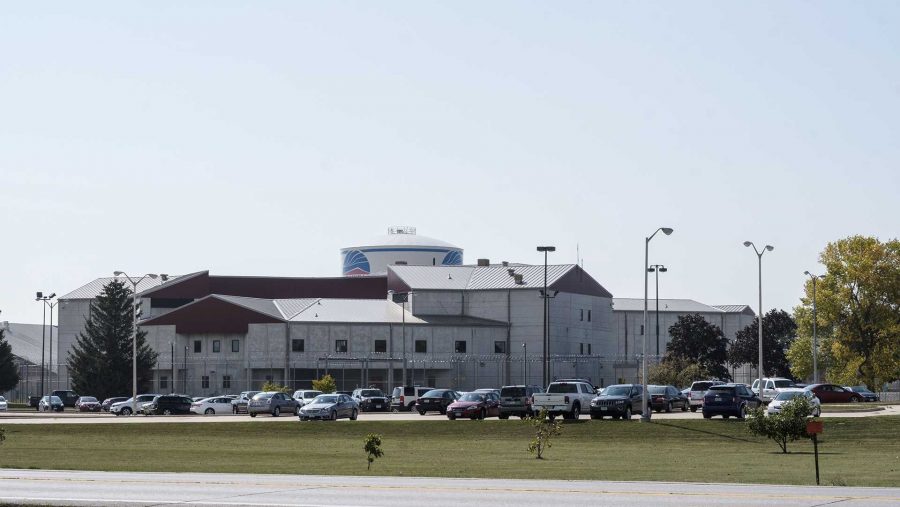When many of us think of prison, we see people in jumpsuits who have seen the worst of society and participated in it. What we forget is that they’re still people. When they have finished paying their debt to society, what do they have left? They have a record and nowhere to turn but back to the life that got them in trouble in the first place. We’ve created a harmful circle with no escape.
Recently, the University of Iowa partnered with the Iowa Medical & Classification Center of Oakdale to start a pilot speaker series for the inmates. They hope to grow it into an accredited liberal-arts program and provide degrees. The series grew out of the passion of the UI Center for Human Rights Program Director Kathrina Litchfield.
RELATED: From prisoner to Ph.D.
The program was founded and operates on the belief that education is a human right for all. “… it is one that has been considered a multiplier right, because the more access to education made available, the more access to the enjoyment of every human right, such as gainful employment, the right to a decent home and free speech, that is all enhanced by our right to education,” Litchfield said. “In theory, the American ethos is that we make higher education available to any person willing to work for it. If that is true, we need to support opportunities for making that available to every American.”
Litchfield hopes this program will have some sort of impact on inmates’ lives. “There are very real obstacles, and we are very careful not to make false promises. We hope that it will improve their life, and whether it helps in a practical way in finding a job, or whether it helps critical thinking skills and engaging in the world on a deeper level and feeling more connected to community.” Of course this isn’t meant to be a rehabilitation program, but I believe that it’s programs like these lead to successful rehabilitation.
Rehabilitation is the successful reintegration of former inmates into society. It’s been proven that education decreases recidivism. In fact, according to the Department of Justice, those who receive a prison education are 43 percent less likely to go back. Based on the Rand Corp.’s findings, the cost to house an inmate per year averages $28,323 to $31,286 per inmate. Whereas the cost to educate an inmate, as part of rehabilitation, is on average between $1,400 to $1,744 per year per inmate. Upon release, former inmates deserve a chance to be a positive member of society before we label them a lifelong criminal.
RELATED: Inmates performing Shakespeare gain valuable life skills
According to the National Institute for Justice, in 1960, the crime rate began to soar. This is where we began to see “crackdown on crime” appear. Prior to this, the U.S. did focus on rehabilitation. The Bureau of Justice Statistics says two-thirds of people are rearrested for a new crime, and half are back in prison within three years of release.
By not offering these programs as a set standard, we passively encourage repeat offenses. The money we pour into keeping these people in the system can be better used by offering access to various forms of education.
It’s easy to oversimplify the topic and overlook policies and social issues that put these people in prison by only treating the aftermath through rehabilitation. Education isn’t an end-all saving grace but a strong foundation for these men and women to rebuild their lives on. By providing inmates this alternative, we create a society that supports equal opportunity for all, including second chances.



